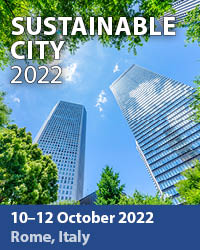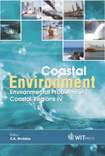Sun Beds Vs. Sand Dunes: A Conservation – Tourism Conflict
Price
Free (open access)
Transaction
Volume
58
Pages
Published
2002
Size
580 kb
Paper DOI
10.2495/CENV020031
Copyright
WIT Press
Author(s)
M Tzatzanis & T Wrbka
Abstract
Sun beds vs. sand dunes: a conservation - tourism conflict M. Tzatzanis & T. Wrbka Institute of Ecology and Conservation Biology, University of Vienna, Austria Abstract Travel and tourism in the Mediterranean can be dated back to the classical civilisations of Greece, Rome and Egypt. However, it was not until after the Second World War that mass tourism began to evolve. The astonishing expansion of tourism development in Greece after the 1960s, has transformed the basis of the socioeconomic structure, altering the country’s life chances and welfare, followed, however, by adverse sociocultural and ecological ramifications. Rapid and uncontrolled tourism growth has contributed to the deterioration of the coastal environment, but there is now a growing recognition that the natural and cultural environment is an important resource worth preserving. The island of Crete has gained importance in Greek tourism in the mid-1980s. Development has concentrated on the north coast, where the absence of strategic planning has devastated coastal habitats and degraded landscapes both ecologically and aesthetically. However, the less accessible southern shores remain, in general terms, unspoiled Three hundred interviews were conducted, using structured questionnaires. In addition to establishing the personal background of interviewees, questions were asked aiming at establishing a type of ‘lifestyle’ of the beach users, as well as their level of ‘environmental awareness’. The strongest influence on awareness comes from the origin of the interviewees. A second factor affecting environmental sensitivity is the level of development of the beach. There is an urgent need for restructuring the whole tourism system in western Crete. Nevertheless, the different development histories, between north and south, allow for a consideration of more diversified sustainable strategies to be followed, leaving space for conservation of vulnerable coastal areas.
Keywords





